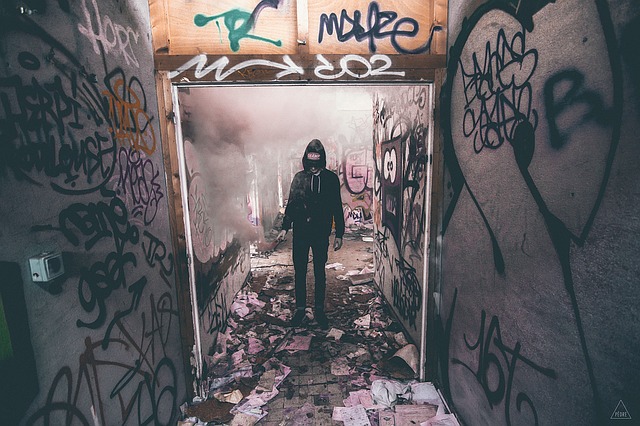Eyesore
The term 'eyesore' is commonly used to describe a building, structure or other feature of the environment that is ugly or unsightly. This is largely a subjective assessment, but common characteristics that can contribute to being labelled an eyesore include:
- Dilapidation.
- Graffiti.
- Litter.
- Pollution.
- Contamination.
- Advertising, signage and flyposting.
- Transmission towers and other 'industrial' structures.
- Brownfield sites.
- Stalled construction sites.
- Inappropriate development that is out of character with its context.
Eyesores can blight local areas, affecting moral, inward investment and property prices, and encouraging anti-social behaviour such as fly tipping and graffiti that make the problem worse. Local authorities and national governments sometimes seek to improve or remove eyesores, sometimes as part of a wider gentrification strategy. This may take place for example if there is a high-profile project requiring a large amount of investment in an area, such as the Olympic Games.
The Carbuncle Cup is an annual architectural prize awarded by the magazine Building Design. The 'winner' is 'the ugliest building in the United Kingdom completed in the last 12 months.' The award is usually timed to coincide with the prestigious Sterling Prize, as a light-hearted way of identifying 'crimes against architecture'. The name is derived from Prince Charles' oft-quoted criticism of the proposed extension to the National Gallery in 1984 which he described as “a monstrous carbuncle on the face of a much-loved and elegant friend”.
Some of the 'winners' of the cup are shown below.
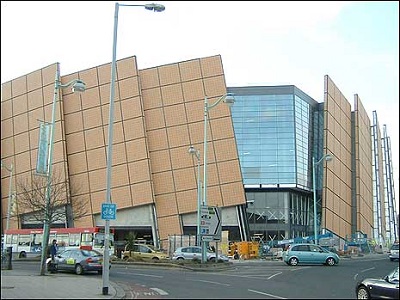
|
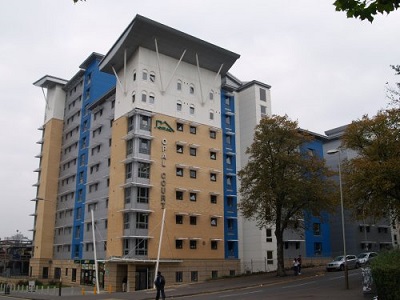
|
| Drake Circus Shopping Centre, Plymouth (2006) | Opal Court, Leicester (2007) |
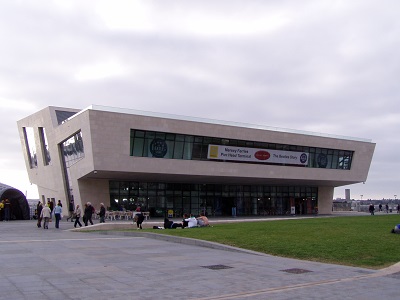
|
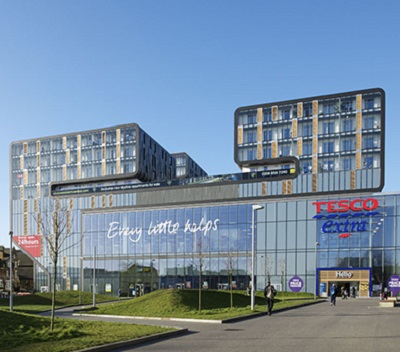
|
| Liverpool Ferry Terminal, Liverpool (2009) | Woolwich Central, London (2014) |
However, some projects can be initially regarded as eyesores before being reappraised, such as; the Eiffel Tower, the Golden Gate Bridge, the Pompidou Centre and Lloyd’s of London.
Gentrification is sometimes considered to have negative consequences as well as positive, destroying the unique character of a place, and driving up prices so that 'locals' have to move out.
[edit] Related articles on Designing Buildings Wiki
Featured articles and news
Latest Build UK Building Safety Regime explainer published
Key elements in one short, now updated document.
UKGBC launch the UK Climate Resilience Roadmap
First guidance of its kind on direct climate impacts for the built environment and how it can adapt.
CLC Health, Safety and Wellbeing Strategy 2025
Launched by the Minister for Industry to look at fatalities on site, improving mental health and other issues.
One of the most impressive Victorian architects. Book review.
Common Assessment Standard now with building safety
New CAS update now includes mandatory building safety questions.
RTPI leader to become new CIOB Chief Executive Officer
Dr Victoria Hills MRTPI, FICE to take over after Caroline Gumble’s departure.
Social and affordable housing, a long term plan for delivery
The “Delivering a Decade of Renewal for Social and Affordable Housing” strategy sets out future path.
A change to adoptive architecture
Effects of global weather warming on architectural detailing, material choice and human interaction.
The proposed publicly owned and backed subsidiary of Homes England, to facilitate new homes.
How big is the problem and what can we do to mitigate the effects?
Overheating guidance and tools for building designers
A number of cool guides to help with the heat.
The UK's Modern Industrial Strategy: A 10 year plan
Previous consultation criticism, current key elements and general support with some persisting reservations.
Building Safety Regulator reforms
New roles, new staff and a new fast track service pave the way for a single construction regulator.
Architectural Technologist CPDs and Communications
CIAT CPD… and how you can do it!
Cooling centres and cool spaces
Managing extreme heat in cities by directing the public to places for heat stress relief and water sources.
Winter gardens: A brief history and warm variations
Extending the season with glass in different forms and terms.
Restoring Great Yarmouth's Winter Gardens
Transforming one of the least sustainable constructions imaginable.






